

Positions: Professor – Lincoln University, Principal Scientist – AgResearch, Chief Scientist – National Science Challenge: Our Land and Water. Field: Soil and water quality. Professor Richard ...
READ MORE

If you scooped up a glass of water from the sea, the chances are that it would look no different to a glass of water you poured from the tap. But would it be the same? How could you find out if ...
READ MORE

Phosphorus is a chemical element found on Earth in numerous compound forms, such as the phosphate ion (PO43-), located in water, soil and sediments. The quantities of phosphorus in soil are ...
READ MORE

In this activity, students investigate microbial presence in soil by building a habitat suitable for their growth. Known as Winogradsky columns, mud, newspaper and eggs create a variety of ...
READ MORE
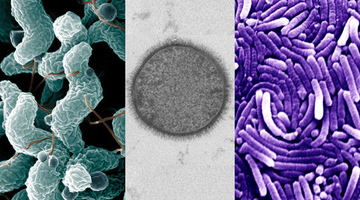
In this activity, students are introduced to cells. They learn that we are made up of cells. Students also learn how to use a microscope to observe onion cells. Rights: The University of Waikato ...
READ MORE
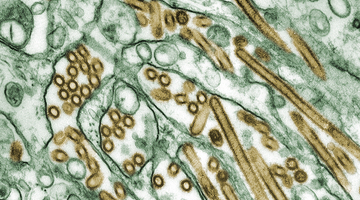
In this activity, students research and summarise the key features of bacteria, viruses and fungi. By the end of this activity, students should be able to: draw basic microorganisms describe the ...
READ MORE
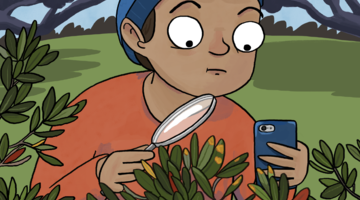
Myrtle rust is a serious biosecurity threat, and help is needed to monitor its spread. This citizen science project aims to gather information on the location, hosts and intensity of this fungal ...
READ MORE
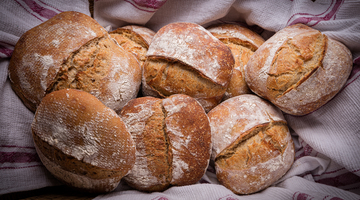
Capture wild microbes and turn them into bread – for science! This is a project you could do with your students in the classroom or they can do at home. Microbes are found in every environment on ...
READ MORE
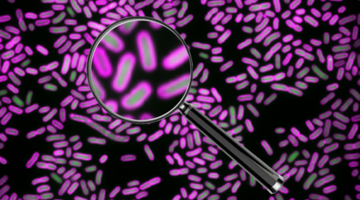
Help this global project to develop a faster test for antibiotic resistance by looking inside bacteria that have been treated with antibiotics. This will improve healthcare for patients with ...
READ MORE
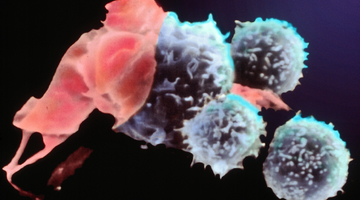
Our bodies have a defence system against pathogens that make us sick. This defence system is made up of cells, tissues and organs that work together to protect us. It is known as the immune ...
READ MORE

Students investigate silage production and test a stream to see if run-off from silage is polluting it. Students then produce a pamphlet of their findings to educate the community. Purpose To ...
READ MORE

Modern antibiotic medicines came into use in the middle of the 20th century. They enabled doctors to treat serious – and sometimes fatal – bacterial infections like strep throat and pneumonia ...
READ MORE
Dr Ross Monaghan from AgResearch at Invermay in Otago explains the importance of phosphorus and then talks us through phosphorus cycle. Jargon alert Ross mentions that phosphorous is adsorbed to ...
READ MORE
ESR scientists Wendy Williamson, Chris Nokes and Brent Gilpin are part of the Water Management Group. Here they describe what ESR is and what research the Water Management Group is involved with ...
READ MORE
ESR scientist Dr Wendy Williamson describes how modern molecular polymerase chain reaction (PCR) tools have made it possible to detect viruses in the environment. Previously used methods of ...
READ MORE
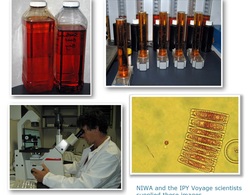
This slideshow shows the process of sampling water and looks at the different microorganisms found. Use the Slideshow menu for further options, including view full screen, and go here for the ...
READ MORE
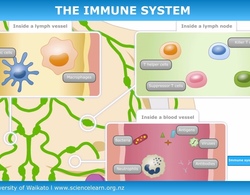
This interactive explains the different cells, microorganisms and molecules involved in the human immune system. Click on the labels for more information. Select here to view the full transcript ...
READ MORE
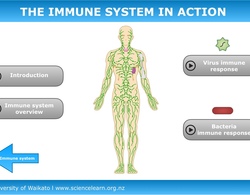
This interactive is a simple version of the human immune response to two different pathogens. Click on the labels for more information. Select here to view the full transcript and copyright ...
READ MORE